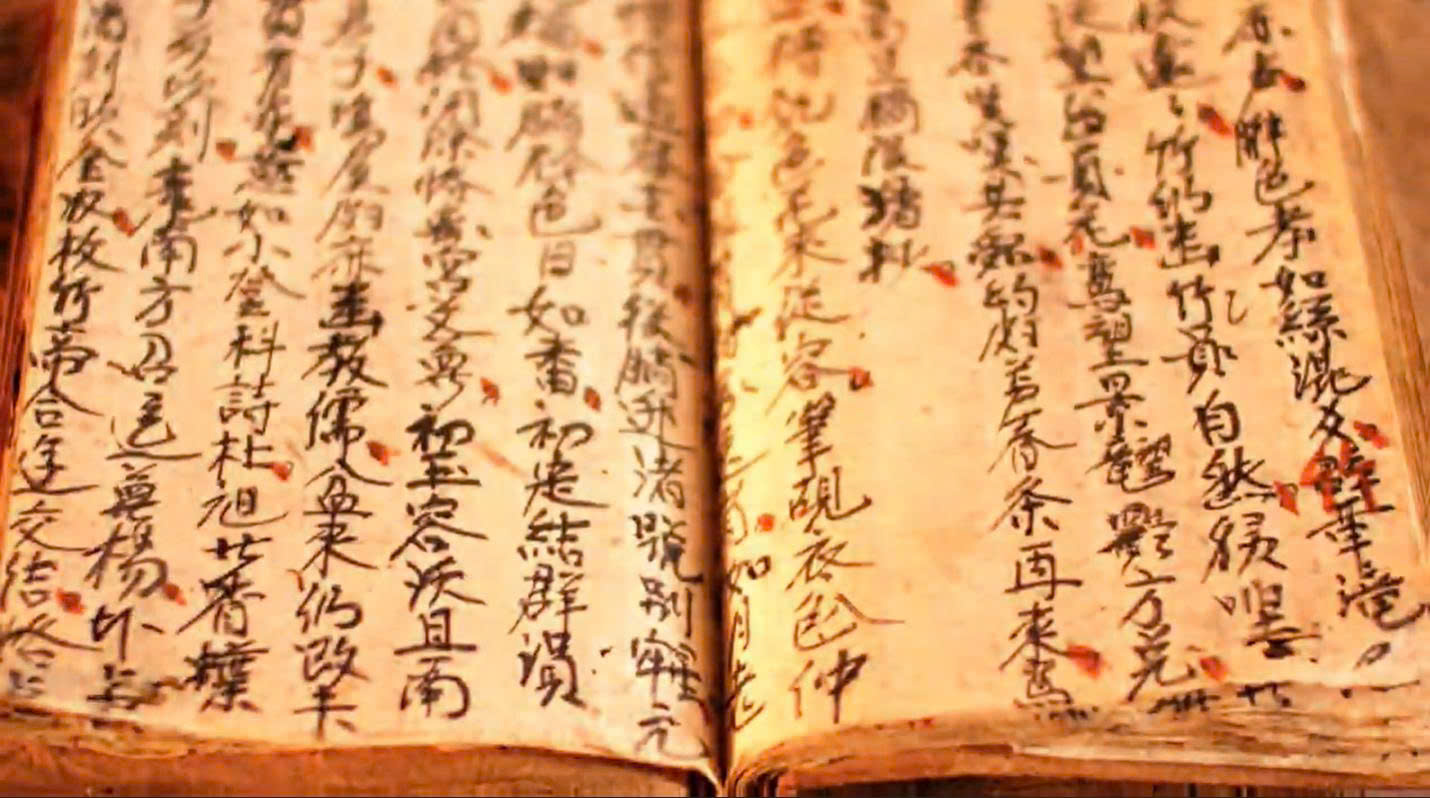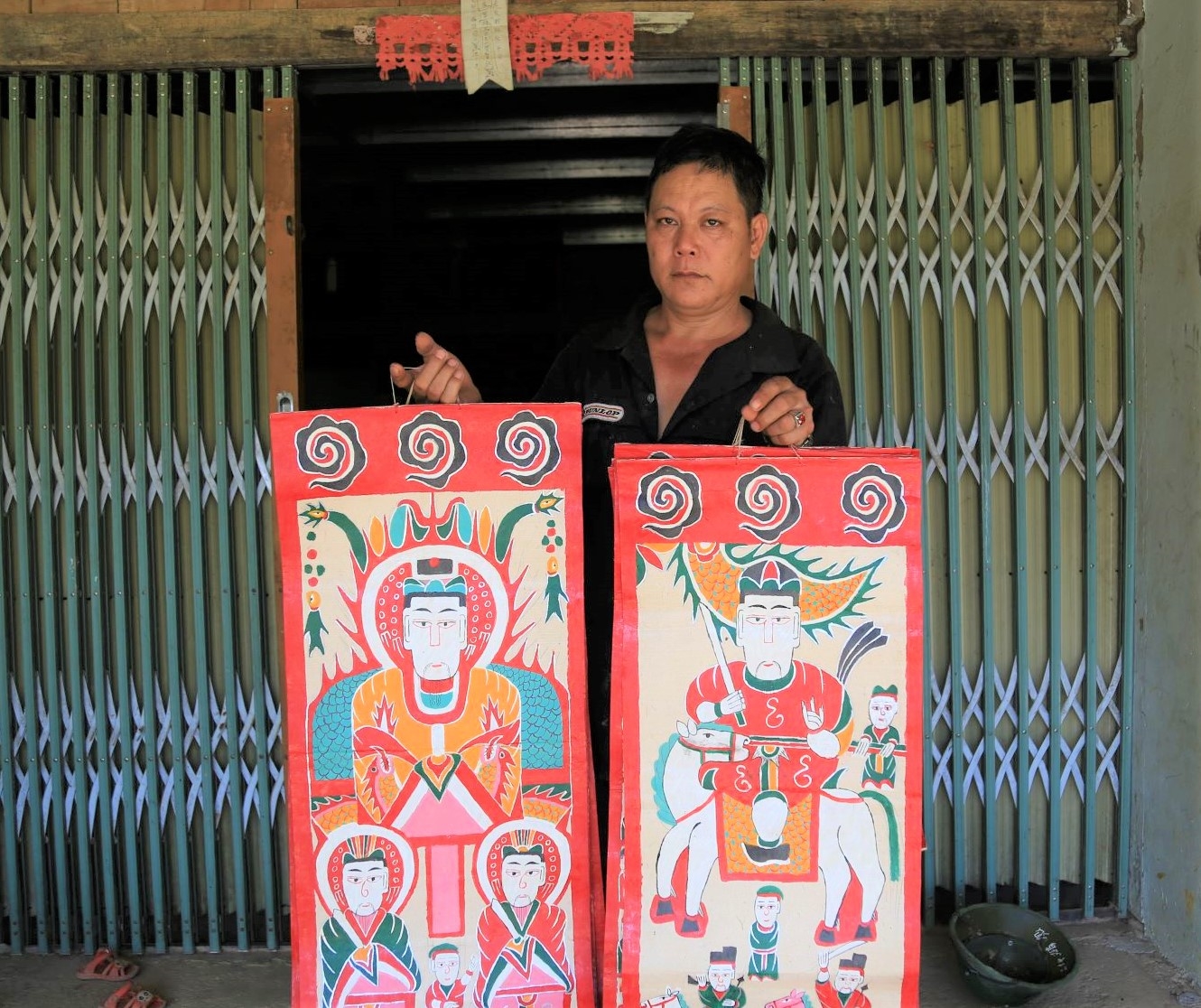Cao Bang has three intangible cultural heritage elements inscribed on the national intangible heritage list

The three recognized elements include the Nom script of the Tay ethnic group, the technique of printing patterns on fabric with beeswax of the Dao Tien ethnic group (mainly in Tam Kim and Thanh Cong Communes), and worship painting art of the Dao Do ethnic group in Thanh Long Commune.
The Tay’s Nom script is an ancient writing system created by the Tay ethnic group adapting and modifying Chinese characters to record their native language. It was widely used in folk poetry, storytelling, traditional medicine manuals, and prayer texts, reflecting the Tày people's cognitive and creative achievements. Its national recognition marks an important step in preserving this declining minority language.

The technique of printing patterns on fabric with beeswax of the Dao Tien ethnic group belongs to traditional know-how and folk craft. The Dao Tien draw patterns with wax on fabric, then dye the fabric in indigo. The fabric then is used to create unique costumes embracing spritual and cultural values of their ethnic group.
Meanwwhile, worship paintings of the Dao Do ethnic group are an indispensable element of their spiritual ceremonies. These paintings, which are made with natural materials such as charcoal, soil, and plant roots, depict the Dao Do’s life philosophy, and deep-rooted belief for deities and ancestors. This traditional art harmoniously blends aesthetics, spirituality, and cultural instruction.

The reginition of these three heritage elements as national intangible heritage not only confirms the distinctive cultural values of Cao Bang’s ethnic communities but also encourages continued efforts in preservation, restoration, and promotion of traditional heritage in contemporary life. This official acknowledgment highlights Cao Bằng’s commitment to safeguarding intangible assets and creates a foundation for integrating culture into sustainable tourism and socioeconomic development.
Source: Minh Chau
Reader Comments
Newer articles
Older articles


